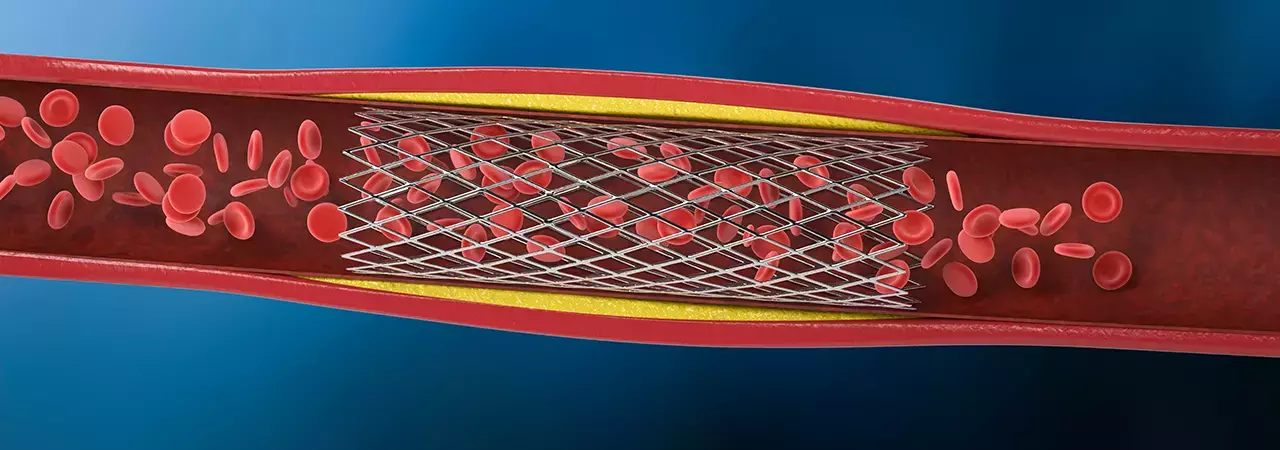Written by: Bruce Valentine | Managing Director | Optek Systems
Life saving technology enabling minimally invasive procedures that avoid the complexity, cost and elevated risks associated with open surgeries.
In case you are new to the topic, stent cutting is a process used to customize stents for insertion into arteries or blood vessels in the cardiovascular and neurovascular systems. Stents are small, expandable metal or plastic mesh tubes that are used to treat acute and chronic conditions, such as stroke, embolisms, coronary artery disease, peripheral artery disease, and cerebral aneurysms.
The stent cutting process involves using a laser to create precise patterns in the stent material. This allows the stent to be customized to fit the specific dimensions and shape of the artery or blood vessel it will be inserted into, providing optimal support and ensuring proper blood flow.
Angioplasty surgeries are typically preformed by inflating a balloon in the area of a blockage. Though this breaks up the blockage, it can cause; scarring, incomplete plaque removal and irritation of the vessel, also known as restenosis. Metal stents have been shown to greatly reduce the risk of restenosis and the need for additional surgeries.
Stents are used to treat various conditions in the brain, heart, nervous system, and other parts of the body. Some of the common applications of medical stents are:
| Neurovascular Stent Applications | Cardiovascular Stent Applications | Peripheral Stent Applications |
|---|---|---|
| Aneurysm treatment | Coronary artery disease treatment | Peripheral artery disease |
| Arteriovenous malformation treatment | Aortic aneurysm treatment | Renal artery stenosis |
| Stenosis treatment | Biliary stenosis treatment | Mesenteric artery stenosis treatment |
| Ischemic stroke treatment | Venous stenosis treatment | Iliac artery stenosis |
| Carotid artery disease | Biliary stenosis treatment | |
| Venous sinus stenosis |
OpTek is able to produce stents to a sub-300 micron level of precision from a range of medical-grade metals including stainless steel and nitinol to minimise the risk of restenosis. OpTek’s precision laser cutting starts with a blank tube and cuts intricate patterns into the stent to provide high levels of flexibility and mechanical rigidity needed to keep blood vessels open.
The stents reduce the risk of restenosis and improve patient outcomes while providing a high quality and cost-effective solution to the customer.

In cardiovascular procedures, stents are typically inserted into narrowed or blocked arteries to help keep them open and improve blood flow. Stent filters are frequently used to collect debris generated during ablation procedures. During these procedures, catheters are inserted into the blood vessels and guided to the heart to deliver heat or cold energy to destroy or remove abnormal tissue or growths. However, this process can also dislodge plaque or other debris, which can travel through the bloodstream and potentially cause a blockage or other complications. Stent filters are small mesh-like devices that are inserted into the blood vessel near the site of the ablation. They act as a filter, capturing any debris that is generated during the procedure and preventing it from traveling further into the bloodstream.
In neurovascular procedures, stents may be used to treat aneurysms or other conditions that affect the blood vessels in the brain. Stent cutting is a critical component of these procedures, as it allows for precise customization of the stent to ensure optimal outcomes for patients.